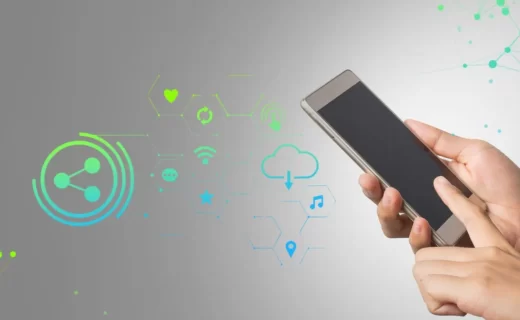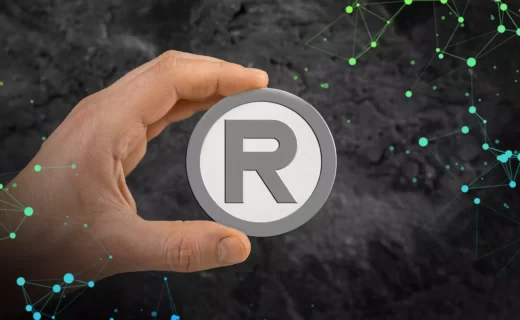Registration of a Patent for an Invention in Ukraine
Registration of a patent for an invention in Ukraine is an important step for innovators and inventors who seek to protect their creative achievements and implement innovative ideas in the market. The process of obtaining a patent is governed by complex legal and technical requirements established by legislation. From the preparation and submission of the application to the stage of examination and patent issuance, this path requires attention to detail, professional support, and knowledge of relevant legal norms.
Patent for an Invention (What It Is, How It Is Regulated, and Why It Matters)
A patent for an invention is legal protection granted to an inventor for their innovative ideas or technical developments. This allows inventors to protect their intellectual property from unauthorized use by others. The registration of a patent for an invention is regulated by the Law of Ukraine “On the Protection of Rights to Inventions and Utility Models.”
Key aspects of a patent for an invention include:
- Exclusivity. One of the key aspects of a patent is granting the inventor exclusive rights to use, sell, and distribute their invention for a specified period.
- Protection against copying. A patent gives the inventor the legal right to demand the cessation of unauthorized use of their invention and compensation for damages from individuals who violate their rights.
- Stimulating innovation. The patent system encourages the development of new technologies and innovations by allowing inventors to secure a return on their investments and earn a profit.
- Support for intellectual property. Patents are an important part of the intellectual property system, promoting knowledge development and helping to create a competitive environment.
- International protection. Some inventors may file applications for international patents (e.g., under the Patent Cooperation Treaty), ensuring protection in different countries.
Global patent practice is determined by the Paris Convention and other international agreements. Obtaining a patent allows inventors not only to protect their creative achievements but also contributes to the creation of a robust and competitive intellectual property.
What Is Considered an Invention?
An invention is a new and useful technical solution or development that can be protected by a patent. Typically, for an idea or development to be recognized as an invention, it must meet several criteria:
- Novelty;
- Utility;
- Non-obviousness.
Types of Invention Patenting
Patenting inventions can be associated with various forms of authorship and ownership depending on the circumstances in which the invention was created. The main forms of patent ownership include:
- Personal authorship. In the case of individuals who create the invention personally, they can be recognized as inventors and patent holders. In this case, the patent ownership can be individual.
- Collective authorship. If the invention was created by a group of individuals, each participant in the group can be recognized as an inventor and have the right to the patent. In this case, the patent can be joint ownership.
- Legal entities. If the invention was created by employees within the scope of their employment or on behalf of a client, the right to the patent may transfer to the employer or client (a legal entity).
- Patent agreement. An inventor may enter into a patent agreement, through which the right to the patent is transferred to another individual or organization. This may include selling the patent right, licensing, or other forms of rights transfer.
- Co-ownership. In some cases, co-ownership is possible, where the ownership of the patent belongs to multiple individuals or entities. In such a case, each co-owner has the right to use and lease their portion of the patent without the consent of other co-owners but cannot transfer their portion without the consent of the other co-owners.
Main Stages of Patenting
The process of obtaining a patent for an invention includes the following steps:
- Creating a detailed description of the invention and submitting an application in accordance with patent law requirements.
- Checking the application for compliance with formal requirements, such as the correctness of documentation and payment of specified fees.
- Public announcement of the application after successful formal examination.
- Conducting a search to verify the novelty and non-obviousness of the invention. Evaluating its competitive environment.
- Determining by an expert commission the presence of novelty, non-obviousness, and industrial applicability.
- Publication of a detailed description of the invention after a successful expert evaluation.
- Issuance of a patent for the invention in the case of a positive decision.
- Regular payment of patent maintenance fees and extension of its validity.
How to Prepare a Patent Application
For the preparation of a patent application, it is recommended to use the services of the legal firm Dextra Law. Our patent law experts will help you provide a detailed description of the invention, formulate claims, and correctly prepare all the necessary documentation. We will ensure compliance with all requirements and deadlines to make the patenting process as efficient and secure as possible for you.




